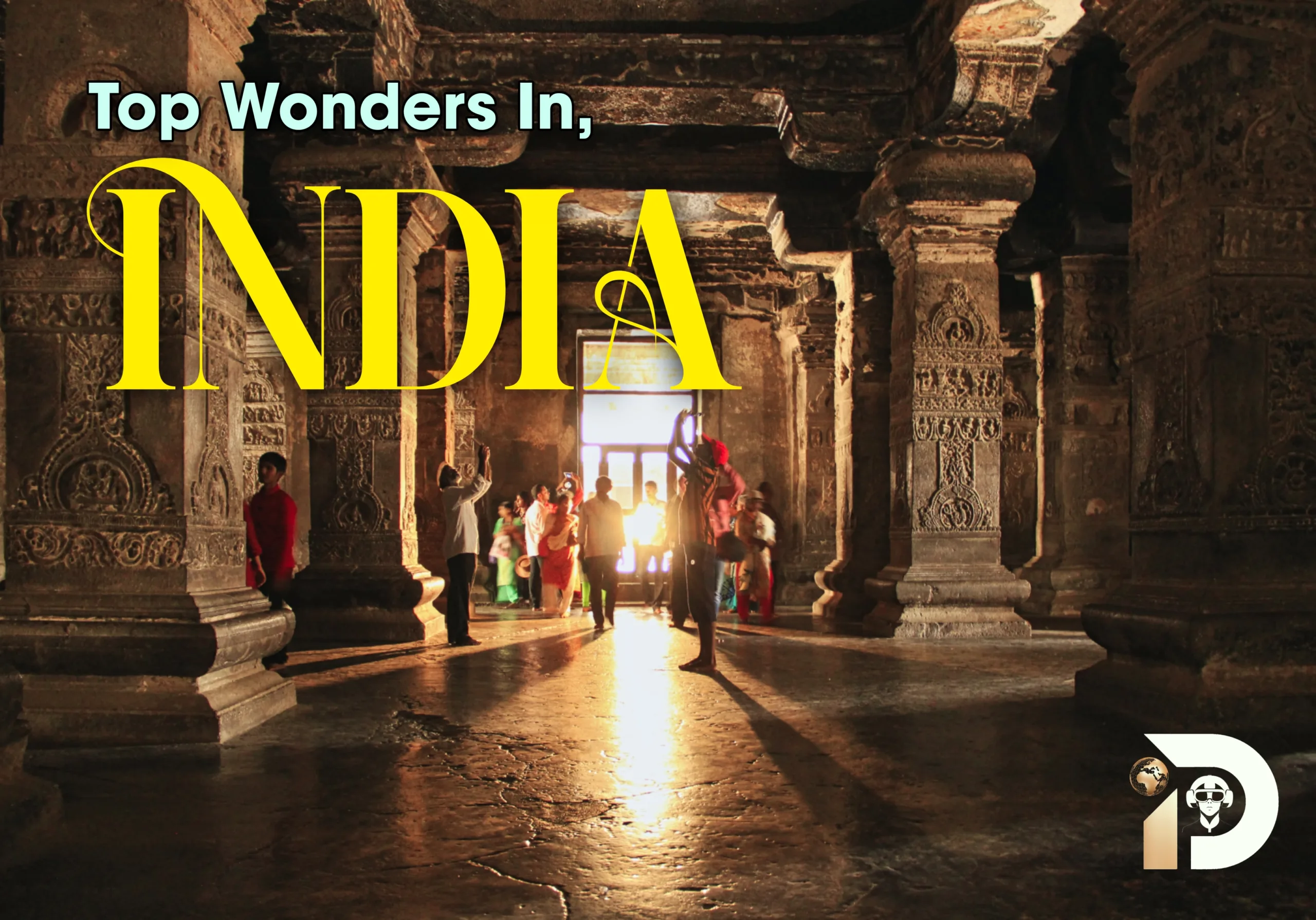• Gomateshwara – Karnataka

Gomateshwara is a monolithic statue honoring Jain deity Baahubali. The enormous work of art, which is situated in Shravanabelagola, Karnataka, was chosen as one of India’s seven wonders. One of the largest free-standing monuments in the world, the magnificent structure exudes calm and tranquility.
What makes it unique: Every twelve years, the temple hosts the Mahamastakabhisheka festival. To preserve the rock’s sheen and luster, the figurine is cleaned and polished during this ceremony using milk, saffron, and ghee.
Note: The last time the Mahamastakabhisheka festival occurred was in 2006. Then it will happen in 2018, 2024, and so forth.
• Hampi – Karnataka

The ancient Hindu city of Hampi is covered in ruins.
One of the most well-known historical sites in India is Hampi, which is situated in the Karnataka state along the banks of the river Tungabhadra. One of the Seven Wonders of India, Hampi is well-known for its ancient ruins and remnants of the illustrious Vijaynagar Kingdom. The lovely location is listed by UNESCO as a World Heritage Site and contains stunning architectural remnants of temples and monuments.
Monkey Temple, Archeological Museum, Vijaya Vittala Temple, Royal Enclosure, Virupaksha Temple, Queen’s Bath, and Riverside Ruins are among the attractions that are noteworthy.
• Harmandir Sahib Golden Temple – Punjab

Harmandir Sahib, sometimes referred to as the Golden Temple or Durbar Sahib, is the most important religious site in Sikhism. This picture beautifully captures its magnificence. One of the most well-known religious locations in India, it is decorated both inside and out with passages from the Holy Granth Sahib. The gold-plated building features copper domes and walls made of gleaming white marble that mirror floral designs inspired by Islamic art. Its tranquility, charm, hygienic surroundings, and spiritual solace have made it one of India’s most well-known wonders.
What’s unique: Hari Mandir, Guru ka Langar, Amrit Sarovar, and and Central Sikh Museum
• Khajuraho, Madhya Pradesh

One of India’s Seven Wonders, Khajuraho is renowned for its collection of magnificent Hindu and Jain temple buildings as well as its jaw-dropping statuettes. The magnificent sculptures and works of art that portray utmost romance and enduring love are well-known not only in India but also elsewhere.
The Kandariya Mahadev Temple, Devi Jagadambi Temple, Chausath Yogini Temple, Chitragupta Temple, Vishwanath Temple, Nandi Temple, Varaha Temple, and the Sound and Light Show portraying the Chandela dynasty’s rule are what make them noteworthy.
• Konark Sun Temple – Odisha
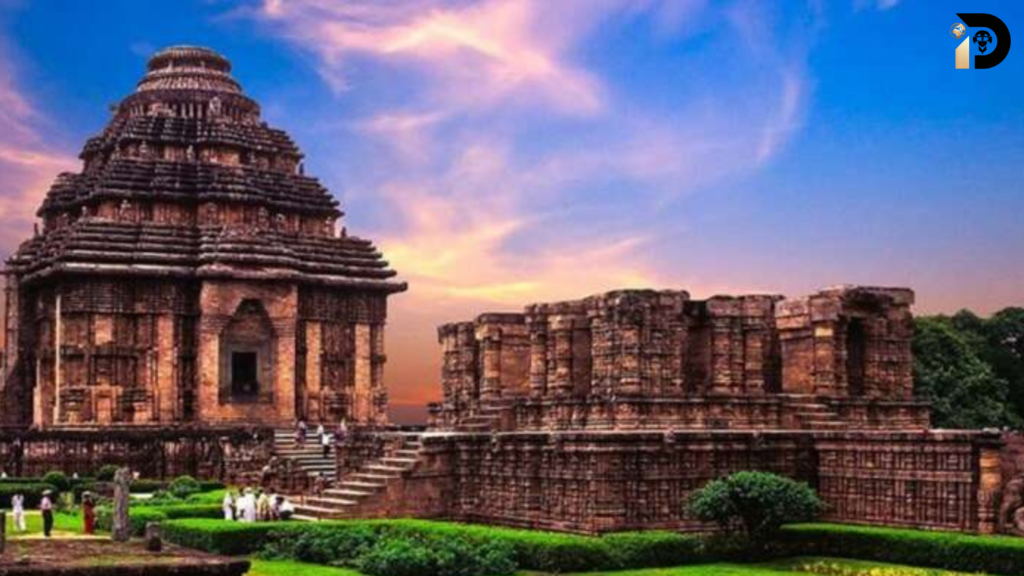
A collection of historic temples with beautiful artwork and sculptures may be seen at Sun Temple in Konark, Orissa, which sits near the coast. One of India’s magnificent seven wonders, this stone masterpiece was constructed by King Narasimhadeva I of the Ganga Dynasty in the traditional Kalinga style.
What’s unique: The time of day is shown by the sundial with 12 wheels pulled by 7 horses and the three sculptures of the Sun God with the sun’s rays falling at dawn, noon, and dusk.
• Nalanda – Bihar
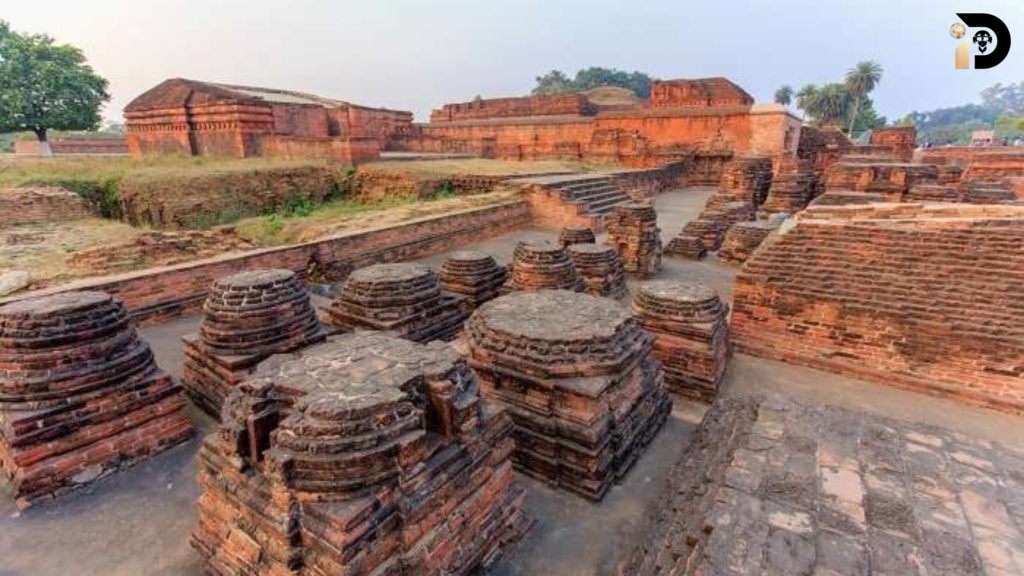
Nalanda, a former center of learning in India, is located close to Patna and has its remains at the Nalanda University excavation site. One of the oldest universities in the world is this one. It is thought that students came from China, Tibet, Persia, and Greece to this area to receive an education and improve their learning abilities. Through the decades, Nalanda’s excavated ruins have drawn tourists and history buffs, earning it a spot on India’s list of the Seven Wonders of the World.
What makes these places unique: The Great Stupa, Surya Mandir, Hiuen Tsang Memorial Hall, Nalanda Archaeological Museum, and Pavarika Mango Grove.
• Taj Mahal – Uttar Pradesh
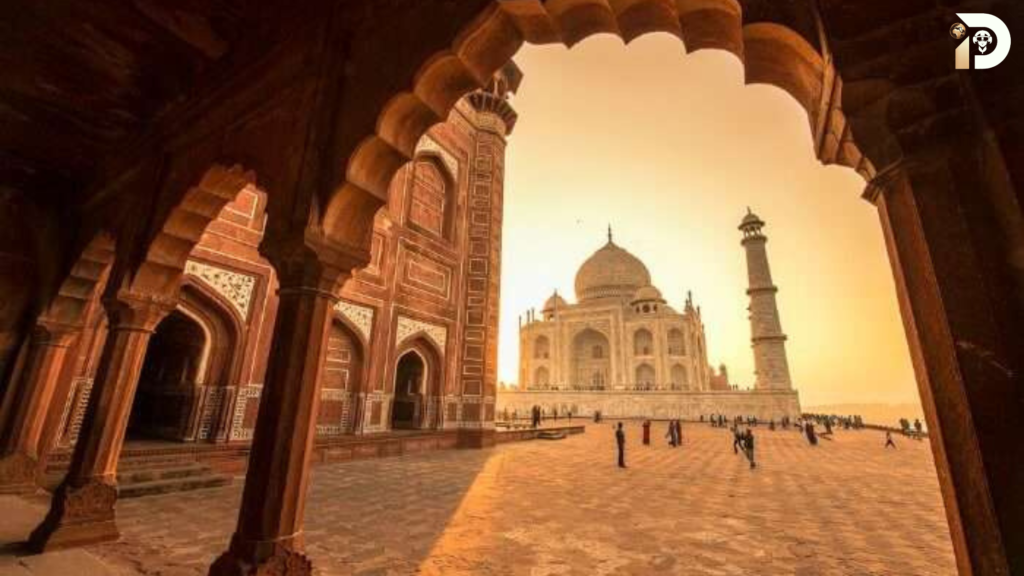
The Taj Mahal, a mausoleum made of white marble in Agra, was erected by Mughal emperor Shah Jahan as a symbol of his devotion to his wife Mumtaz Mahal. This magnificent work of art features Islamic art and is recognized as a World Heritage Site. The Taj Mahal is included in both the list of the Seven Wonders of the Medieval World and the list of the Seven Wonders of India.
What makes it unique: the stunning architecture and the opulent entrances.
• Hawa Mahal- Jaipur
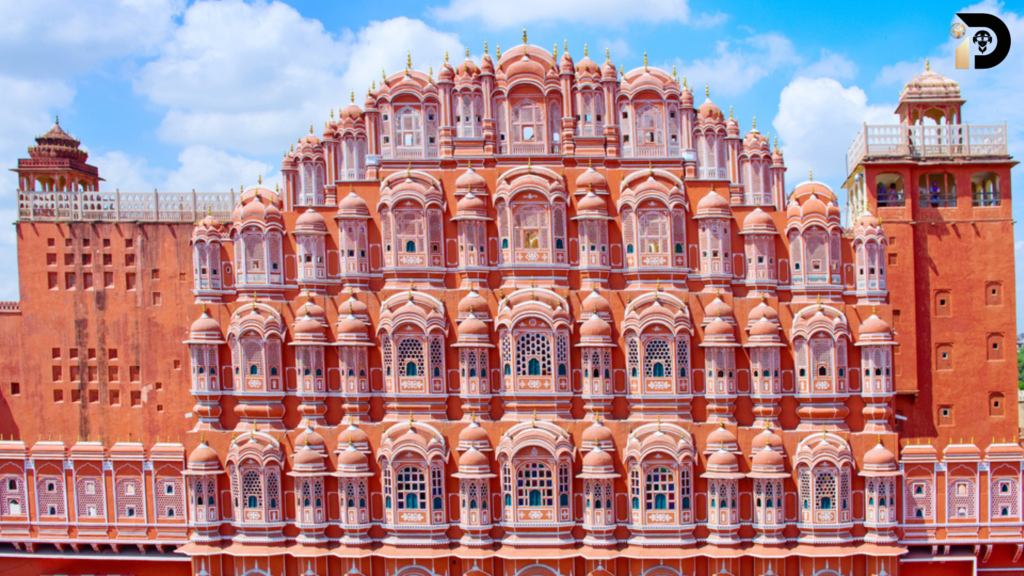
Jaipur’s Hawa Mahal Palace One of the tourist hotspots is the palace of winds, which is situated in Jaipur’s Pink City. The pink and red granite used in its construction lends the monument a regal appearance. It is an enormous palace with five stories and 953 windows. For the history buffs out there, Maharaja Pratap Sawai Singh constructed this palace to amuse the ladies of the royal household. According to history, they used to sit by the window and observe the city’s and its residents’ regular processions. If you intend to see this marvel, keep a look out for the tiny museum adjacent to it to buy some miniature artwork and historical artifacts. The Jantar Mantar, City Palace, and Sireh Deori Bazaar can all be seen beautifully if you stand at the very top and look in the opposite way. The Hawa Mahal is open daily from 9:00 am until 5:30 pm.
• Victoria Memorial – Kolkata

Kolkata is home to a relic of the British Raj in India. The memory of Queen Victoria is honored by this mansion in the country of sweets. It is located on the Maidan and is in all of its splendor by the Hooghly River. The palace’s architecture combines British, Mughal, Egyptian, and Islamic styles. After viewing the palace, you could go for a walk to explore the Maidan. Your senses will be soothed by a little stroll through the lush vegetation. If you hire one of the many buggies stationed immediately outside the entrance, you can get aboard for a ride if you’re too exhausted to walk. When you enter the palace, you can see oil paintings, historical artifacts, and memorials that offer a look into Queen Victoria’s life. The palace is open from 5:30 am to 6:15 pm, excluding Mondays and federal holidays.
• Chhatrapati Shivaji Terminus – Mumbai
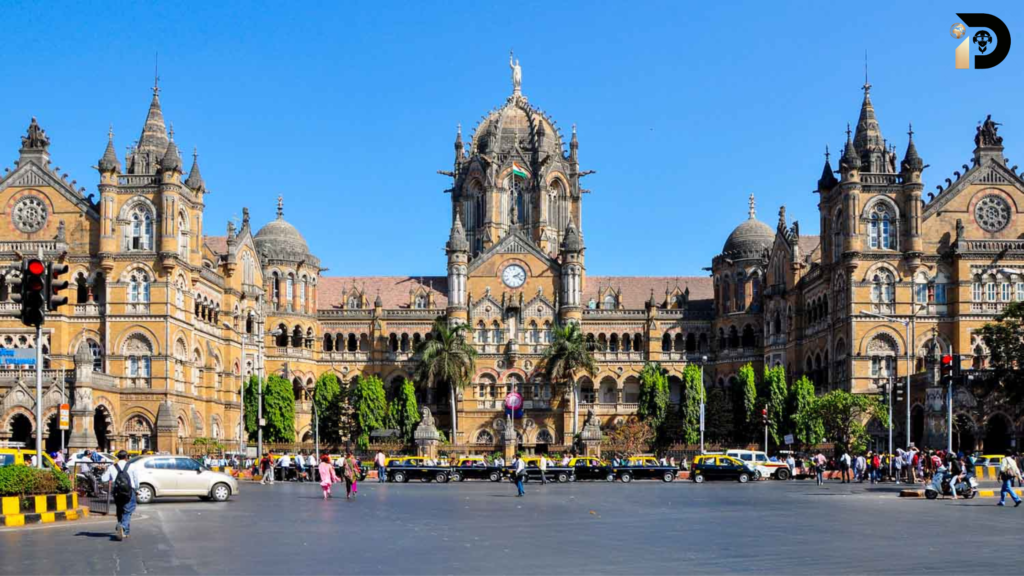
The most popular landmark is probably the one in India. Mumbai’s bustling railway station is a UNESCO World Heritage Site. This station, also known as CST, is constantly buzzing with activity and perfectly captures Mumbai as a city on the go. It has endured the test of time, having seen Mumbai’s transformation from Bombay. The best illustration of British gothic architecture can be found in the animal carvings on CST. If you want to truly appreciate this location’s splendor, wait until nightfall to observe it from the outside. In the evening, the building is beautifully lit up throughout. There are a ton of delicious chaat options right across from CST. We strongly advise you to eat the mouthwatering pav bhaaji offered at the several kiosks there!
• Qutub Minar – Delhi
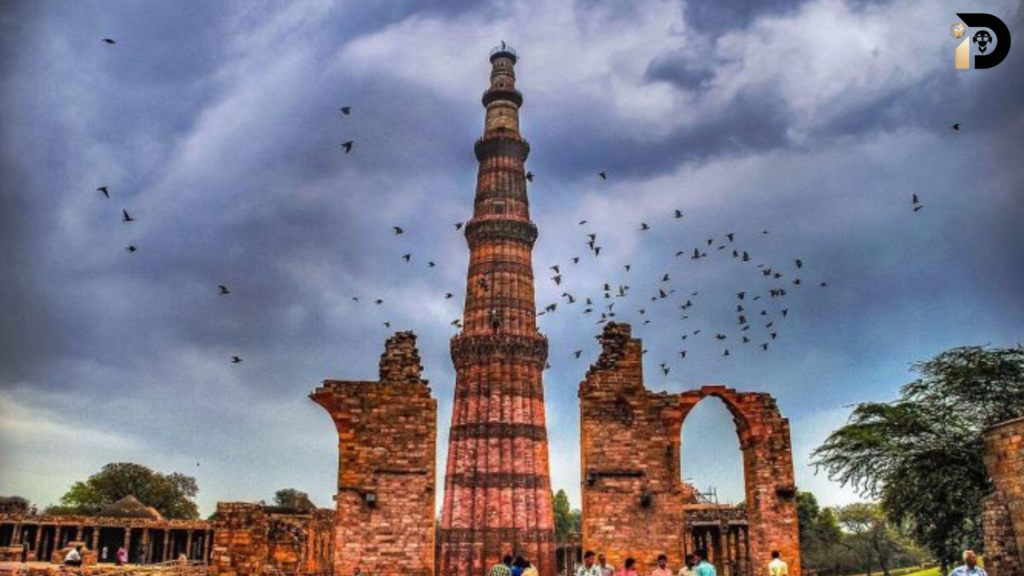
The imposing Qutub Mina, which is situated in the nation’s capital and soars to a height of about 250 feet, was inspired by Persian design. These five stories become narrower as they rise higher. Red sandstone makes up the first three floors, marble makes up the fourth, and a combination of the two makes up the fifth. This monument was built at the initiative of Qutab-ud-din Aibak. He was Delhi’s first Muslim emperor. He could only complete the basement’s construction, though. Immediately after, his successor Iltutmush built the following three stories, and Firoz Shah Tughluk built the final story. Due of its design, the Qutub Minar is also compared to the Leaning Tower of Pisa.
The tower has 379 stairs, but sadly, they have been off limits to the general public for quite some time. This well-known site is open from 6 am to 6 pm.
• Brihadeeswarar Temple – Tanjhavur
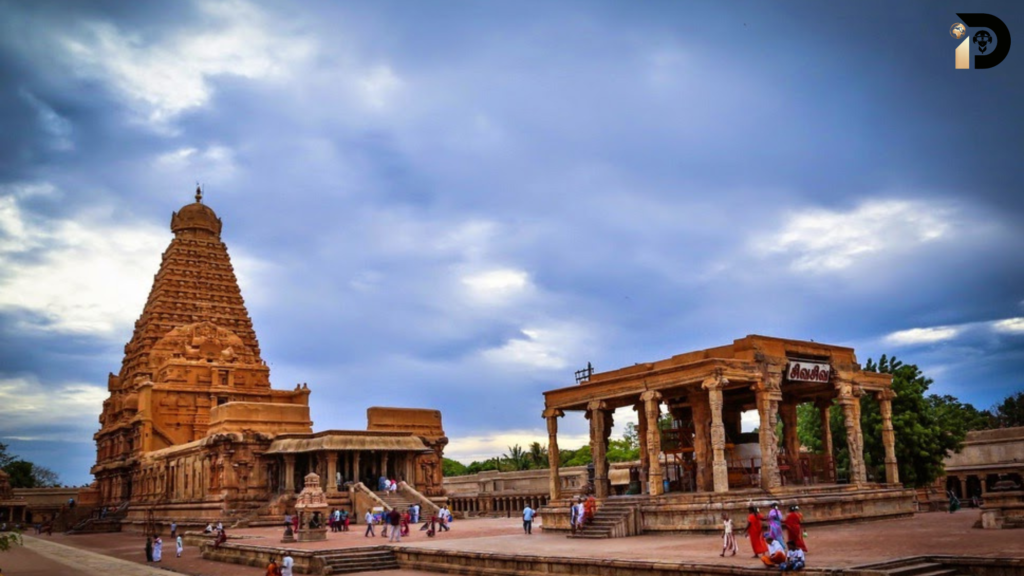
This temple, which is made of granite stone and is situated in Thanjavur, is renowned for being free of shadows. It has been standing tall for the past 1000 years, honoring Lord Shiva, and is the pinnacle of Dravidian architecture. You might be interested to learn that there are a lot of underground, secret tunnels you can explore at this temple. This temple’s walls are covered in breathtaking carvings that convey stories in ways that words can never. This temple, known locally as Peruvudaiyar Koyil, used to serve as the center for all religious events and gatherings. According to a rumor, no matter what time of year you visit, you will never be able to see the temple’s shadow if you go there at noon.
• Gateway of India – Mumbai

The city of dreams is home to one of India’s most recognizable landmarks. Visitors, residents, and photographers all frequent this Indo-Saracenic architectural gem. This Gateway once served to welcome travelers from the west. It served as a sort of entry point for them. The Gateway served as the British people’s departure point after the British Raj came to an end, nevertheless. Along with seeing the Arabian Sea, Marine Drive, popularly known as the Queen’s Necklace, borders this well-known site. The name is justified by the fact that, when viewed from a height, Marine Drive’s streetlights resemble a necklace made of pearls.
• India Gate – Delhi
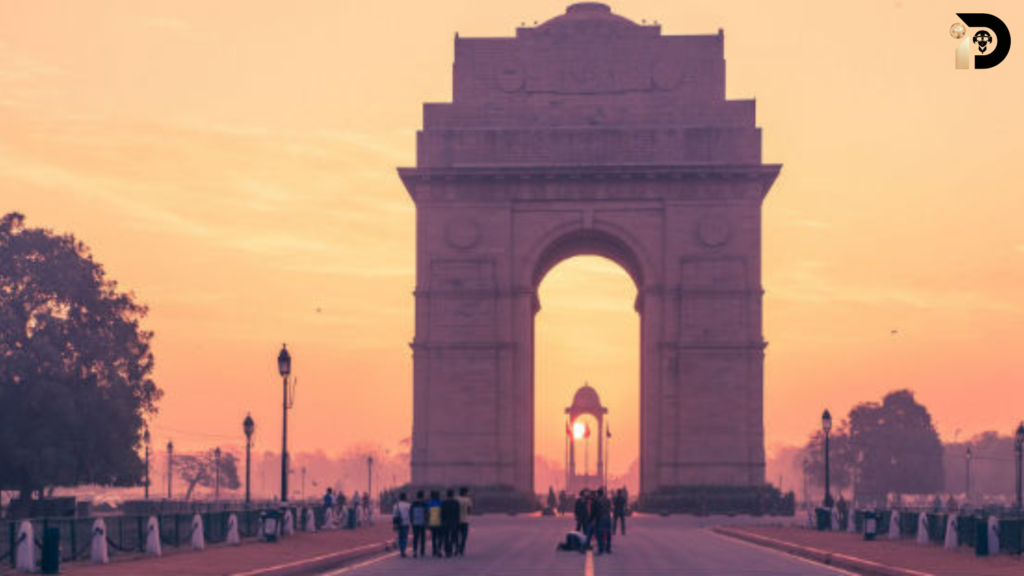
This noteworthy historical landmark is located on the Rajpath boulevard and is a wartime relic. With colored lights bouncing from the front fountains, India Gate puts on a stunning sight at night. The lovely gardens that surround this structure are also the ideal location for a picnic with friends and family. The huge Republic Day procession has previously taken place at this site. February through April and August through November are the ideal times to visit India Gate.
• Mysore Palace- Mysore
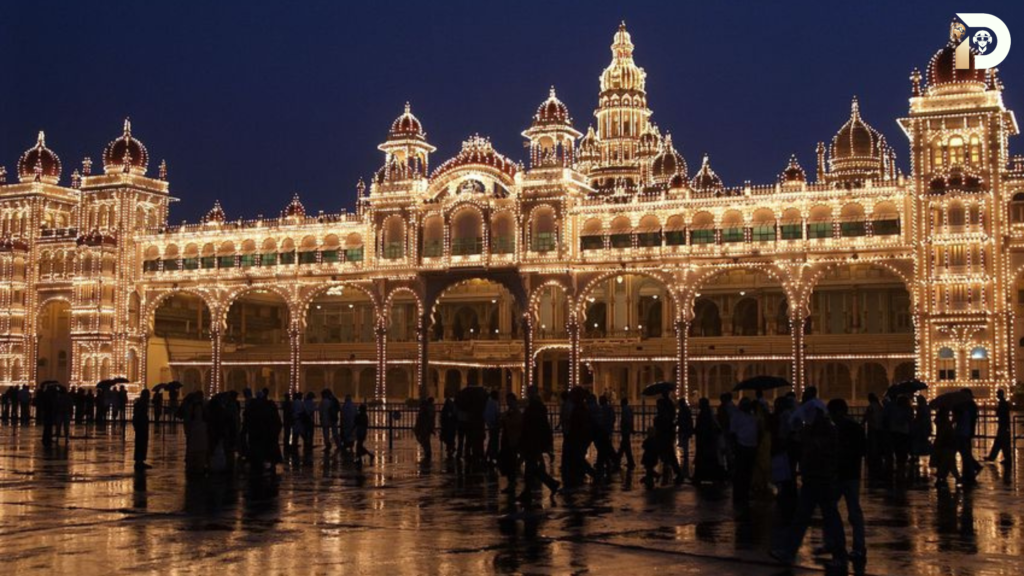
One of the most well-known attractions in Mysore is the palace. This palace, which displays influences from the Rajput, Gothic, and Islamic architectural styles, is stunning at night. The second most visited historical monument in the nation, after Taj Mahal, is Mysore Palace. The greatest time to see this landmark and take in all of its beauty is during Dussehra, when the Old Fort hosts light and sound displays.
• Ajanta Ellora Caves – Ajanta
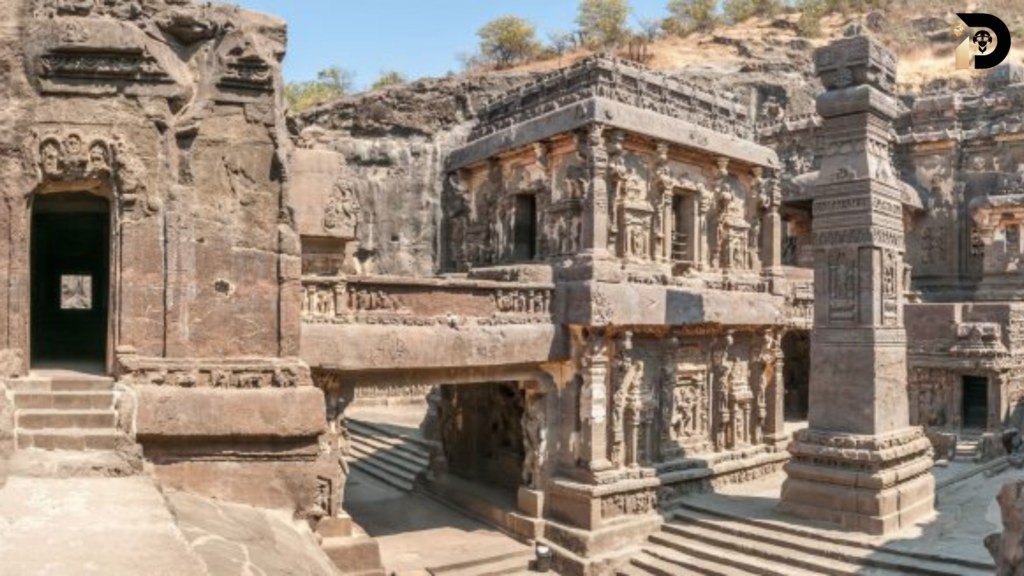
The Ajanta Ellora caves depict the early history of Aurangabad and its inhabitants via magnificent sculptures etched into its walls. It is among the most well-known tourist destinations in Aurangabad. The caves are among the most popular tourist locations now that they are a UNESCO World Heritage Site. Ellora Caves were separated into three sections: Buddhist, Hindu, and Jain caves, as a result of the arrival of various religions in the city. The monsoon season, which lasts from June to September, is when you can plan to visit the Ajanta Ellora caves.
These are just a few of India’s most well-known structures. You only need to visit the Thomas Cook website and take your time selecting the ideal vacation, flights, and accommodations for your preferences if you want to see these fantastic sites. Together, let’s explore India’s past.
Liked It ! Share It With Your Friends 😃
